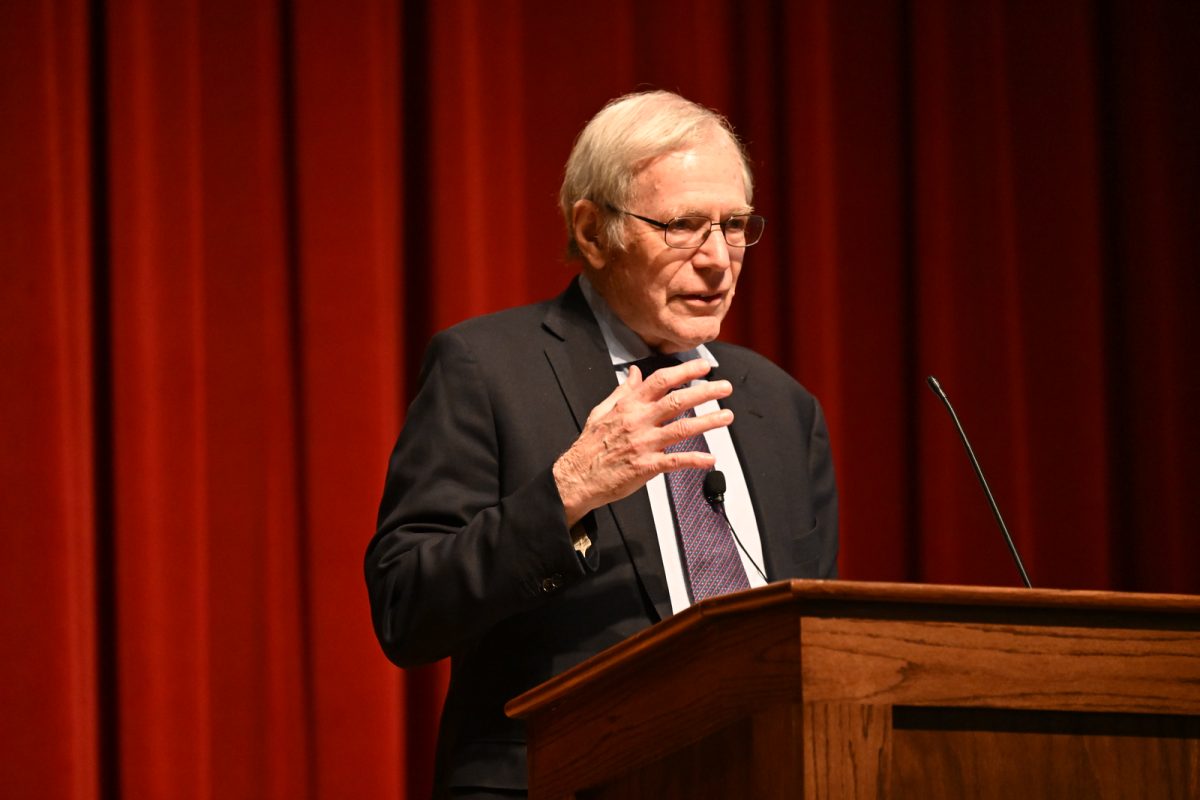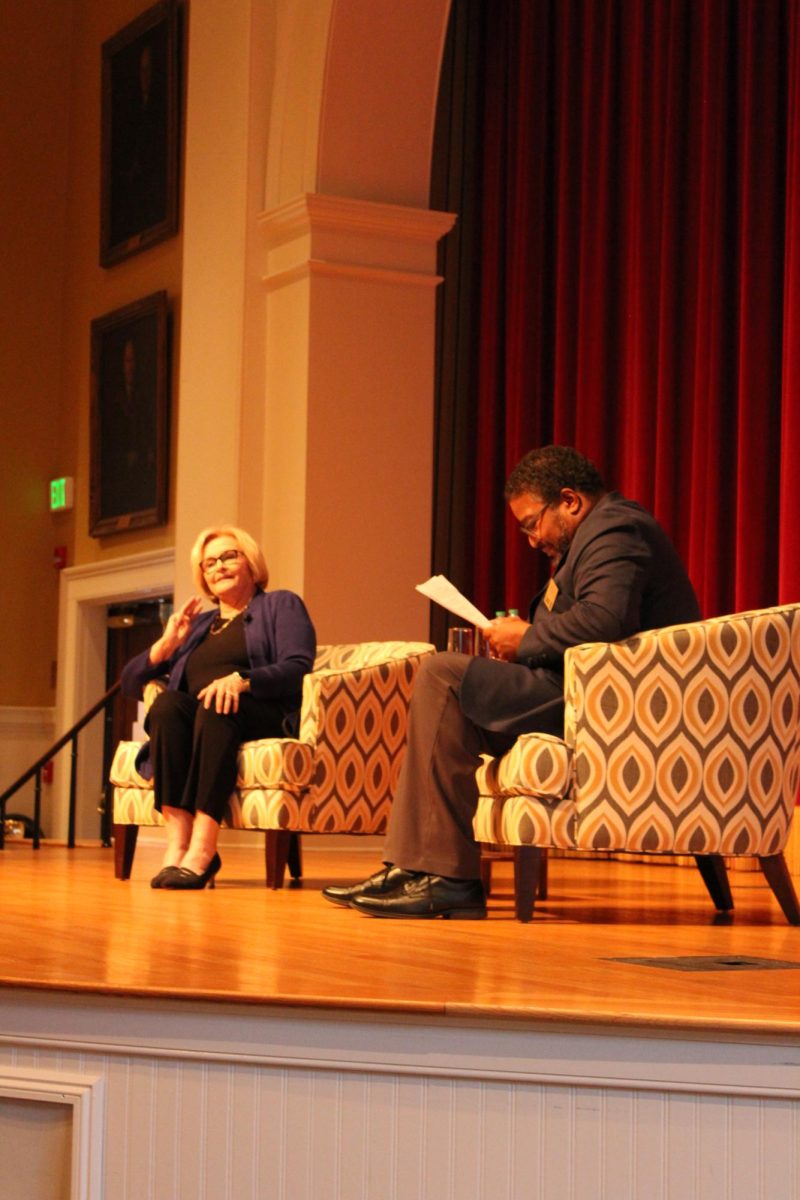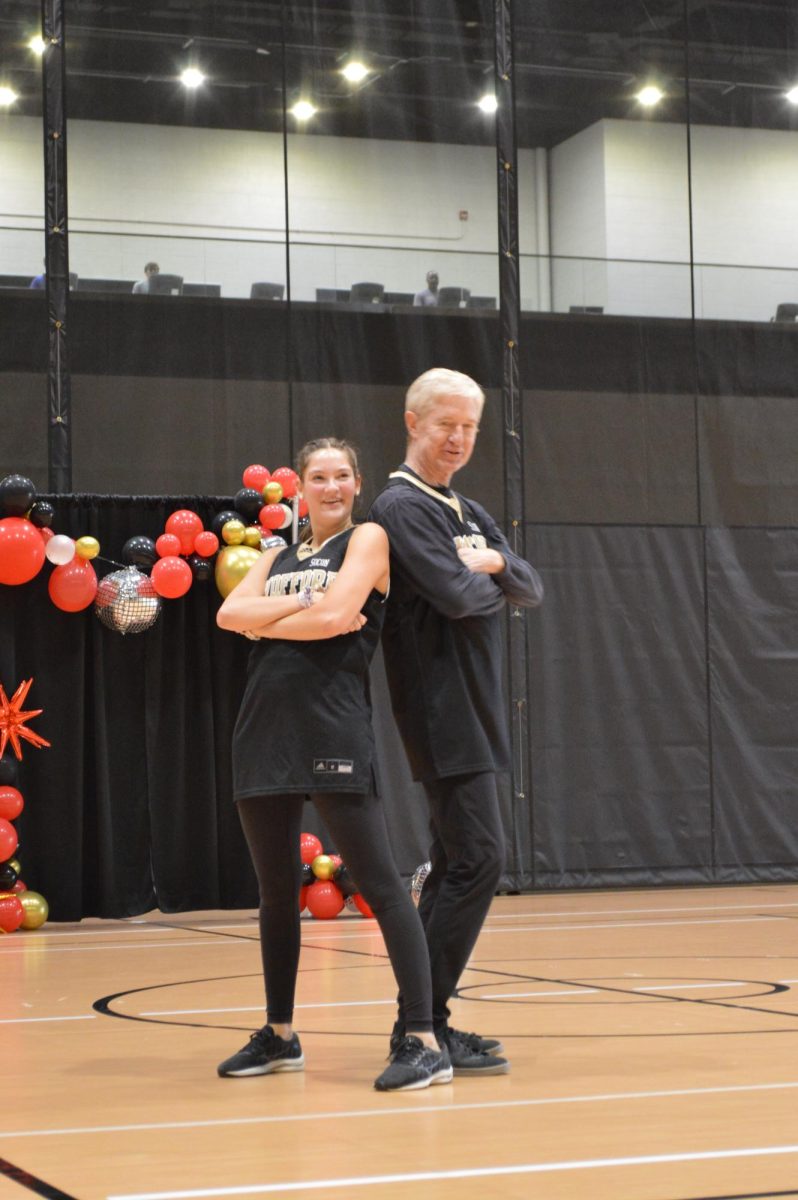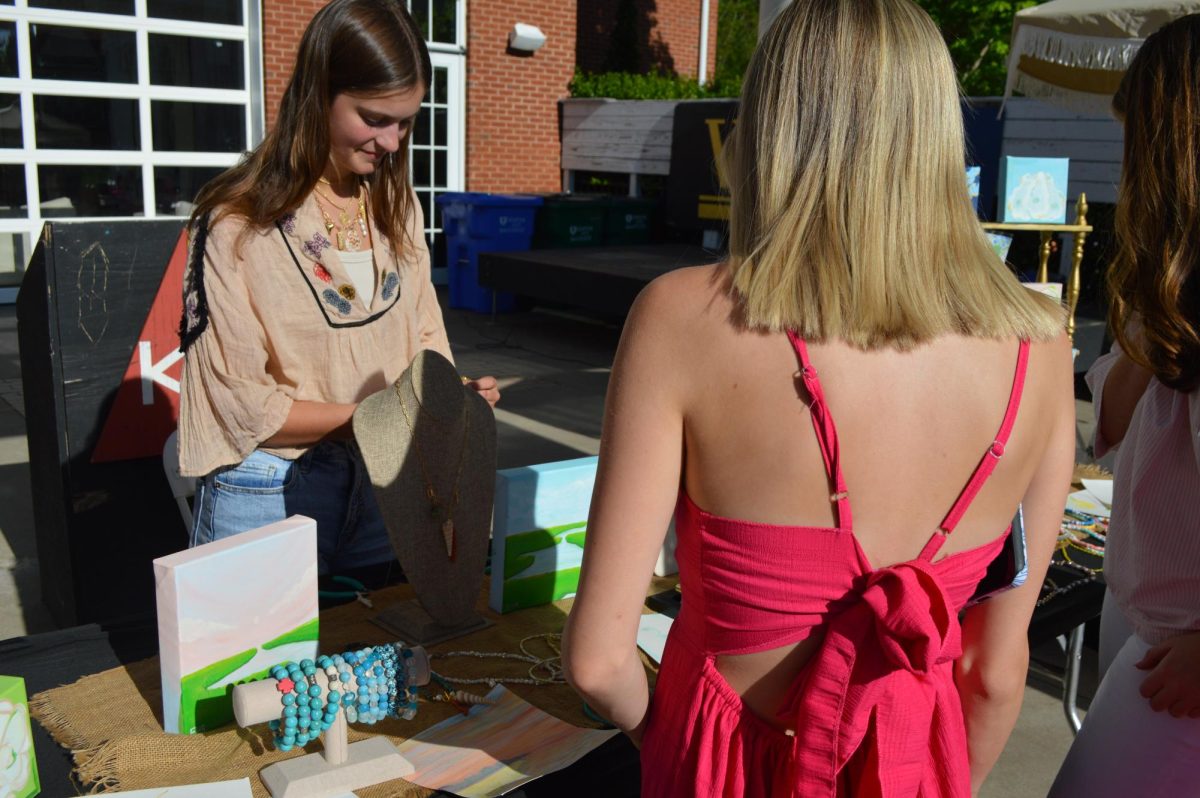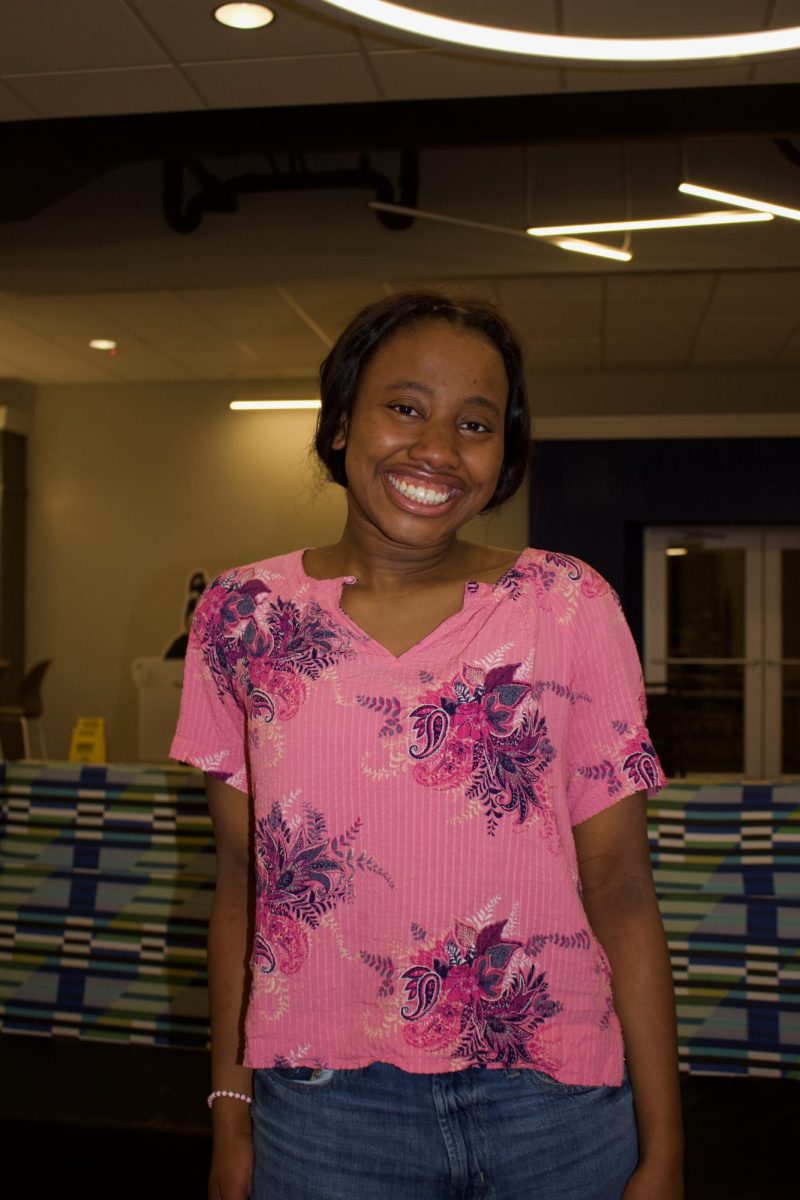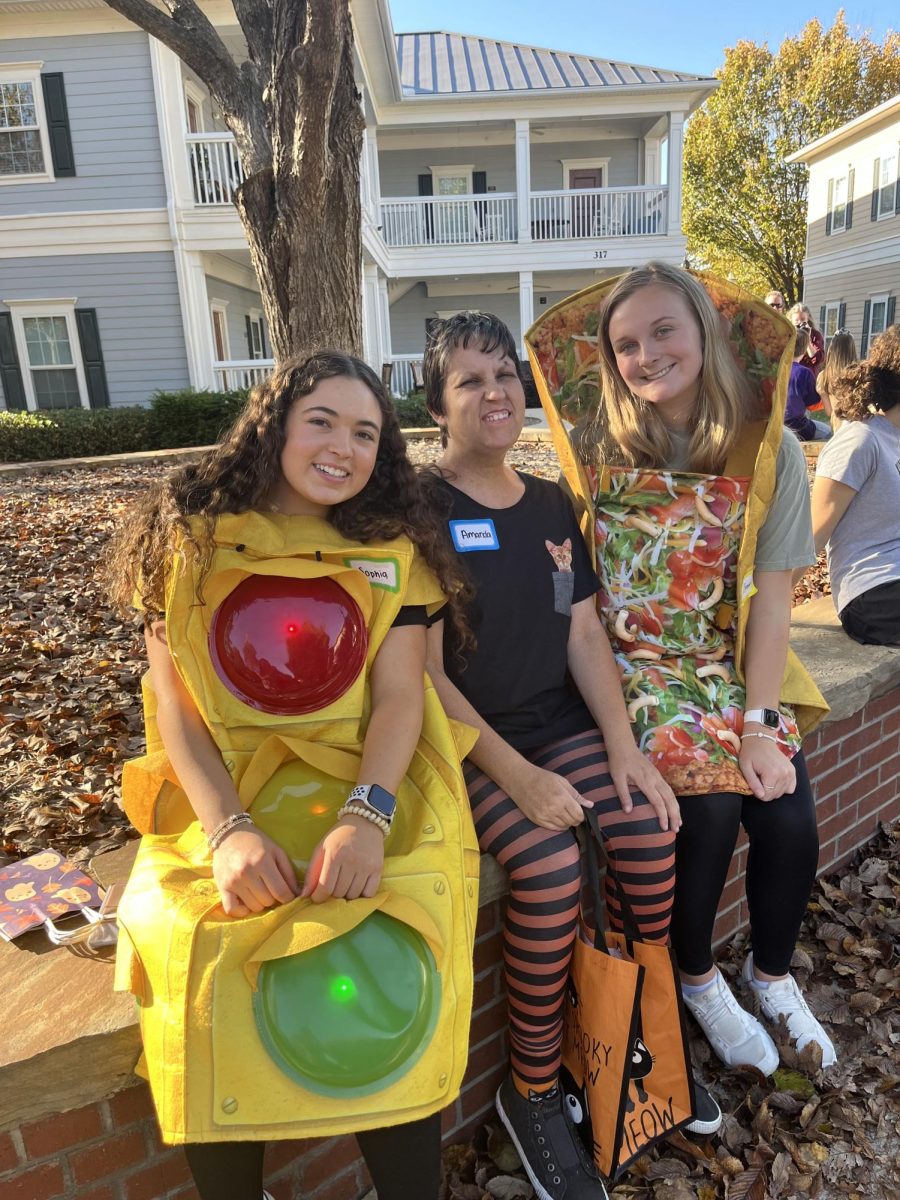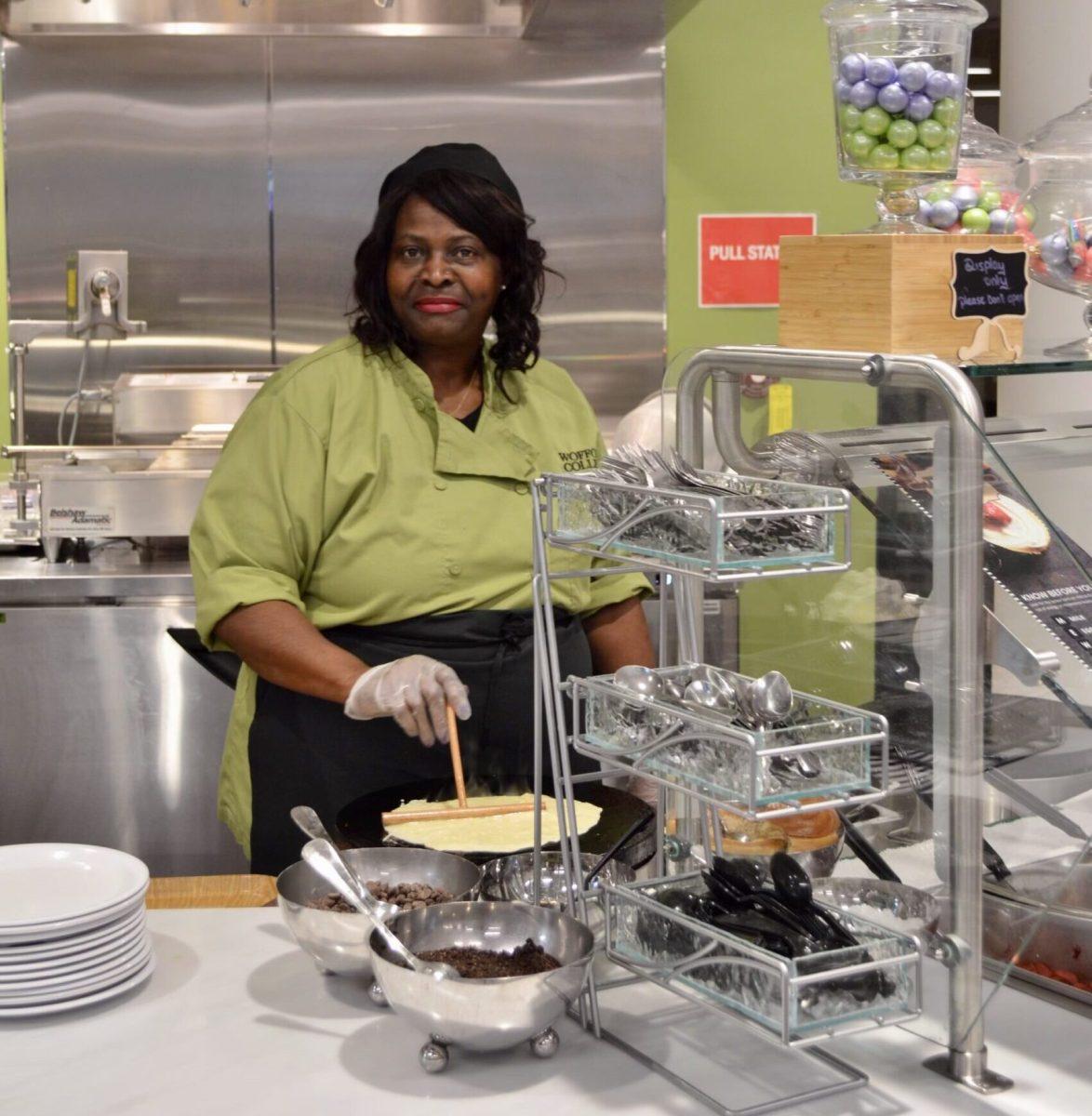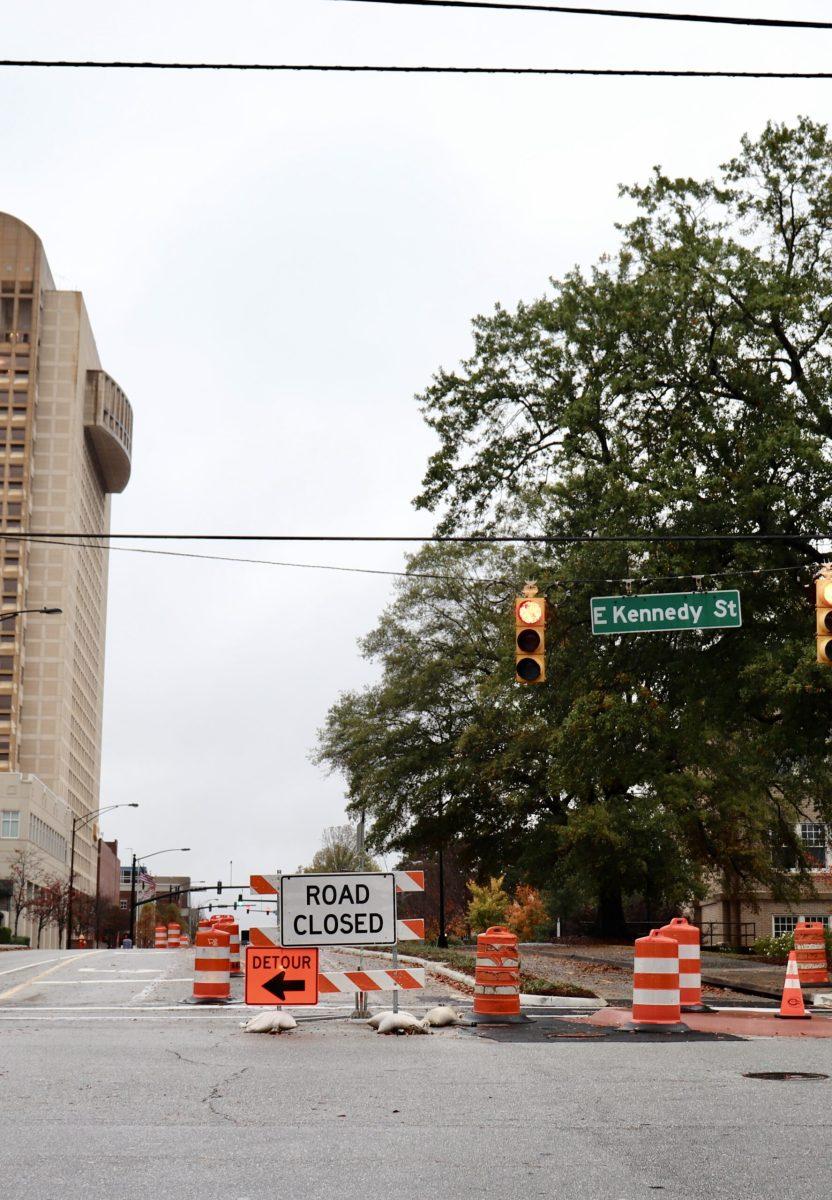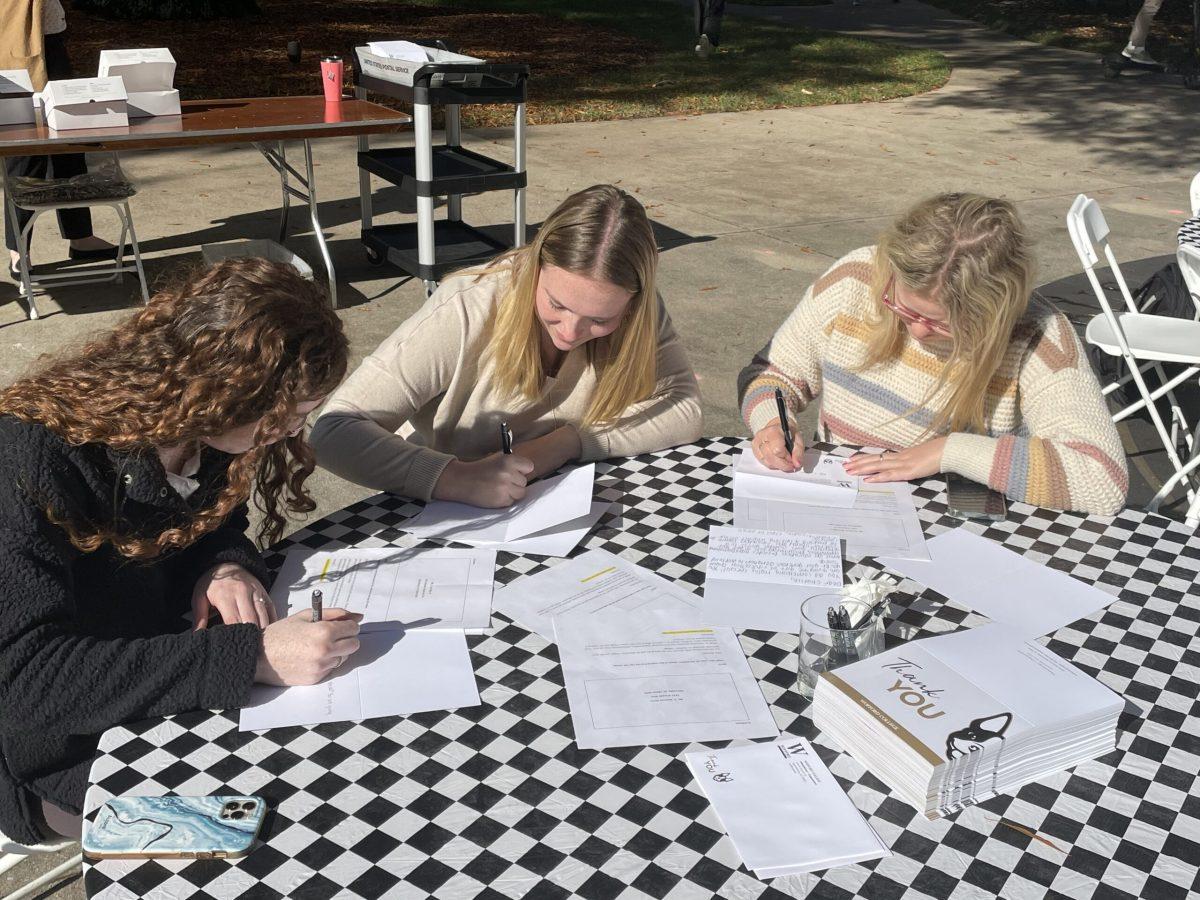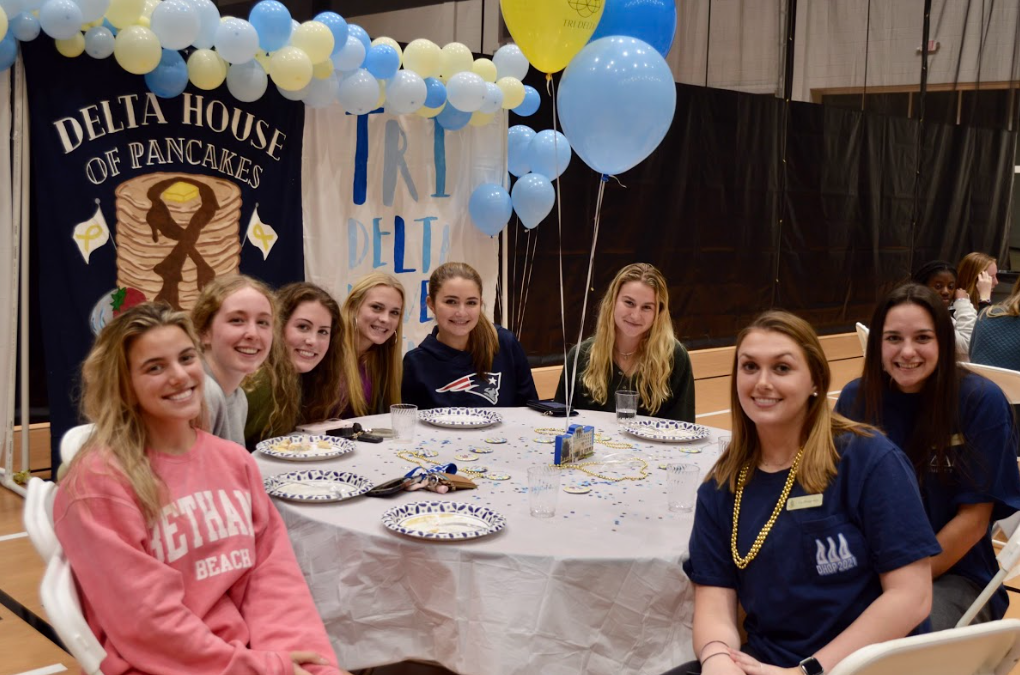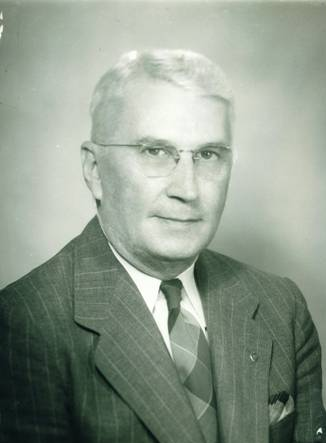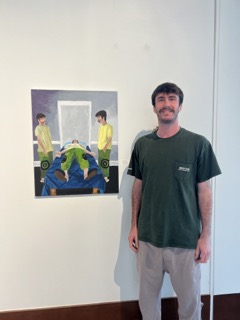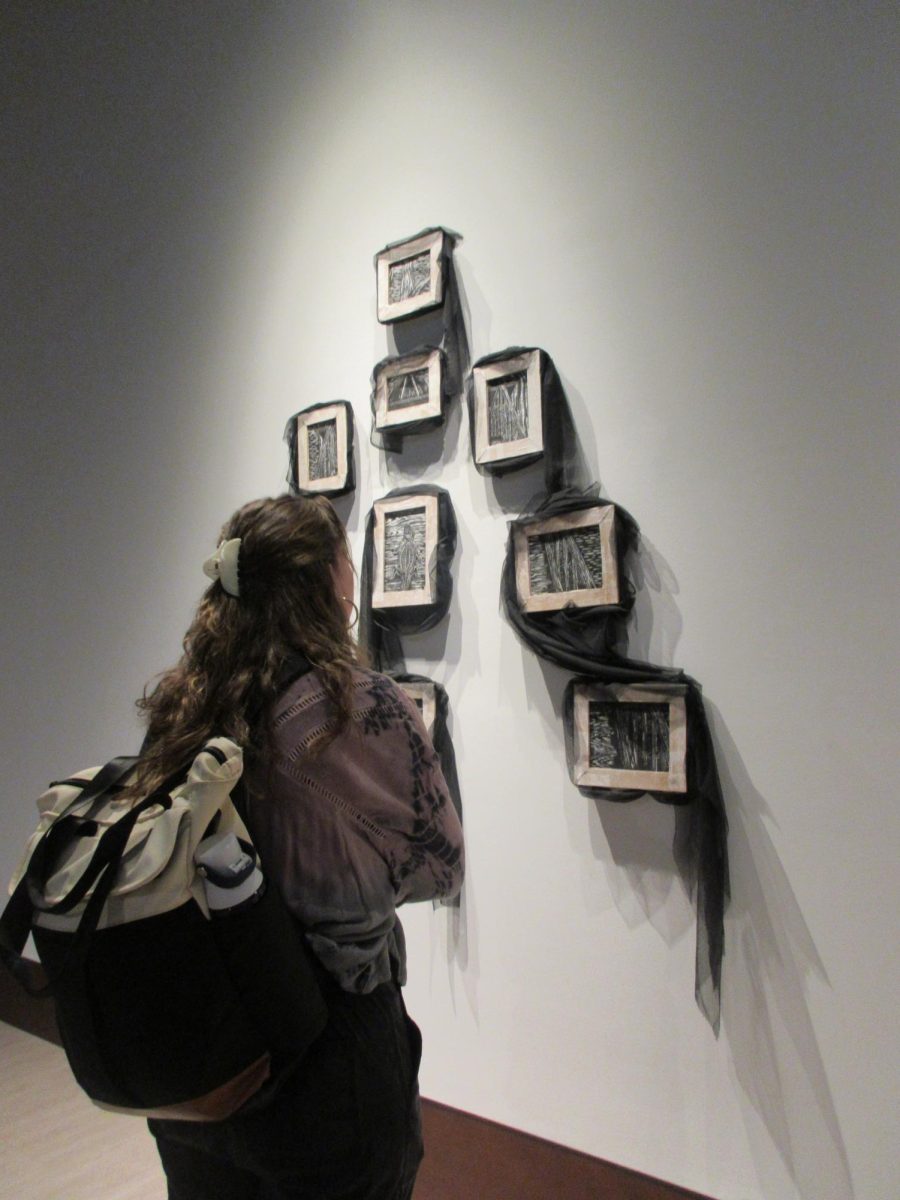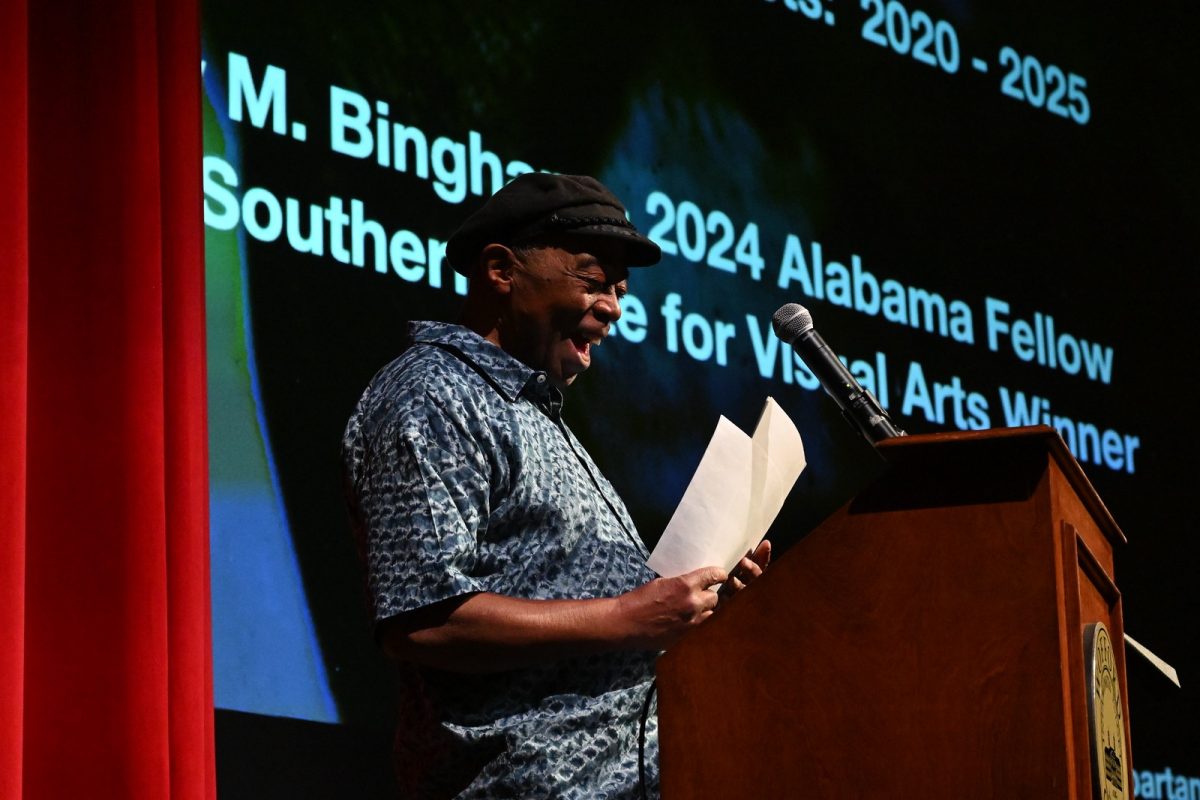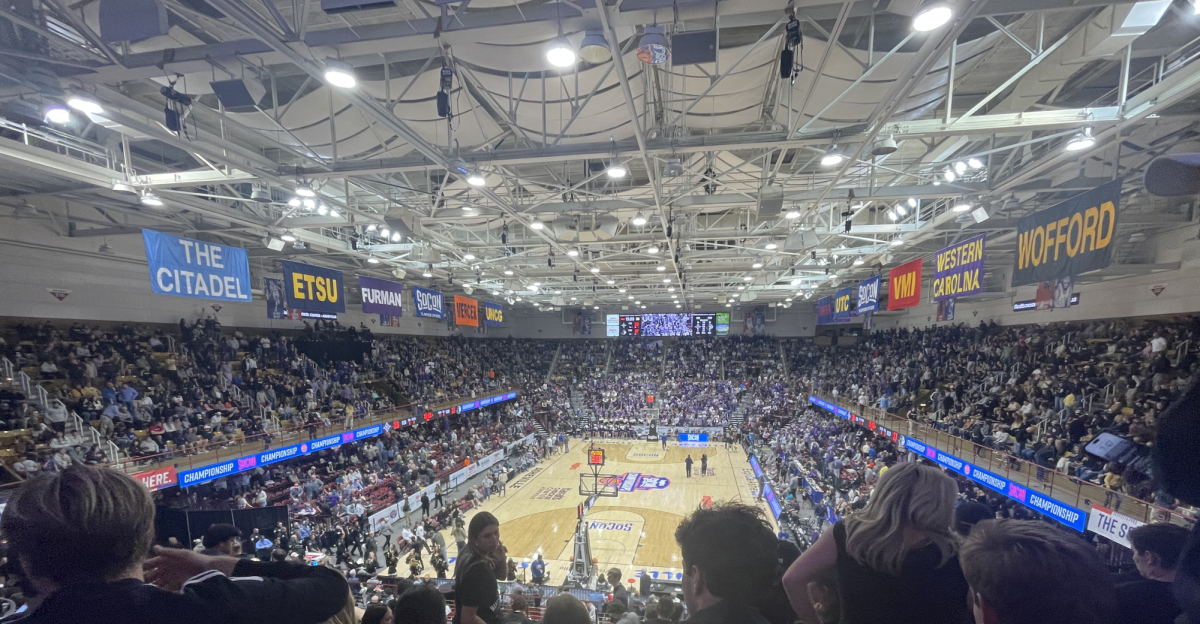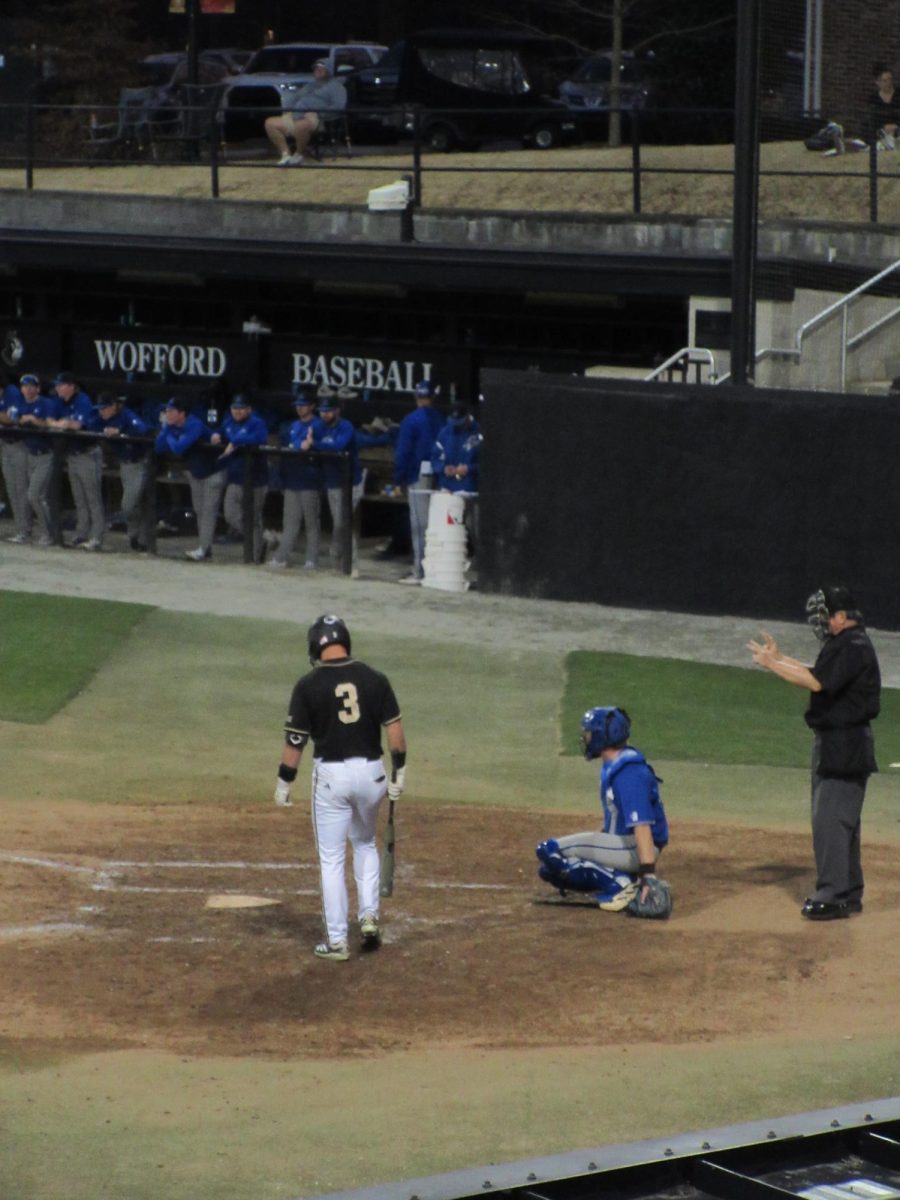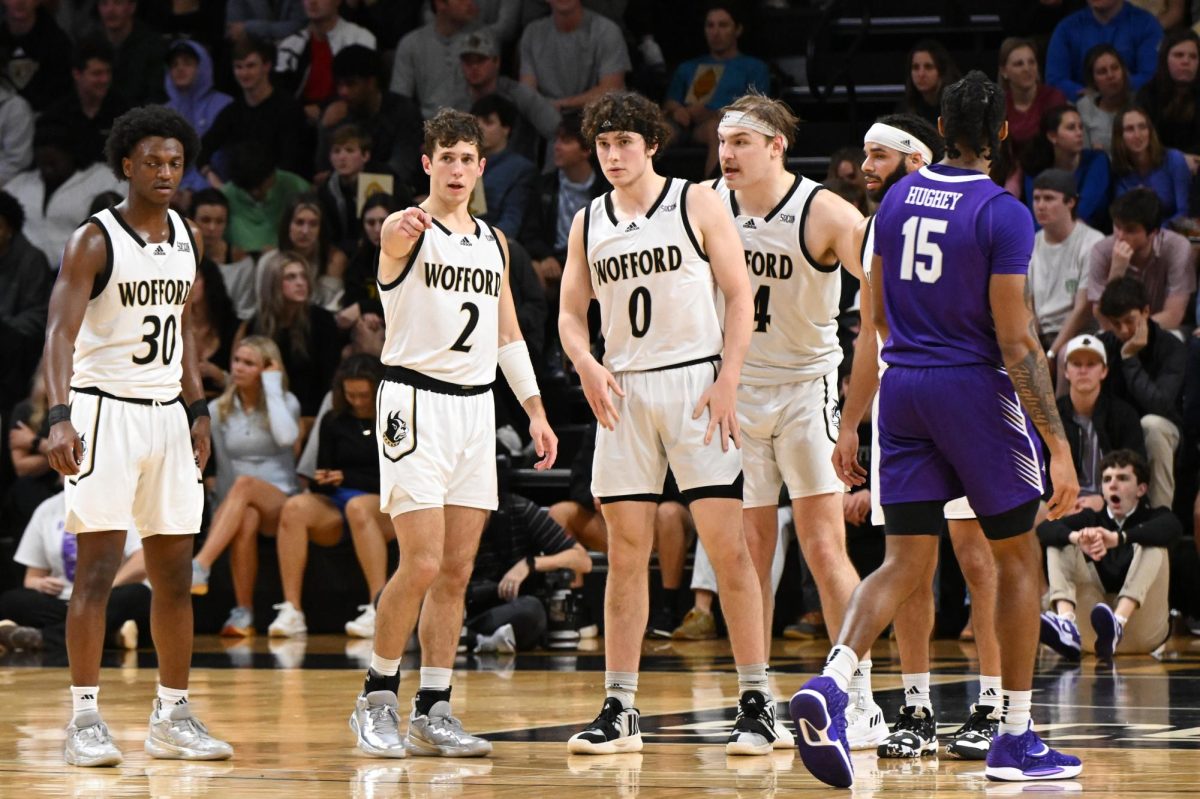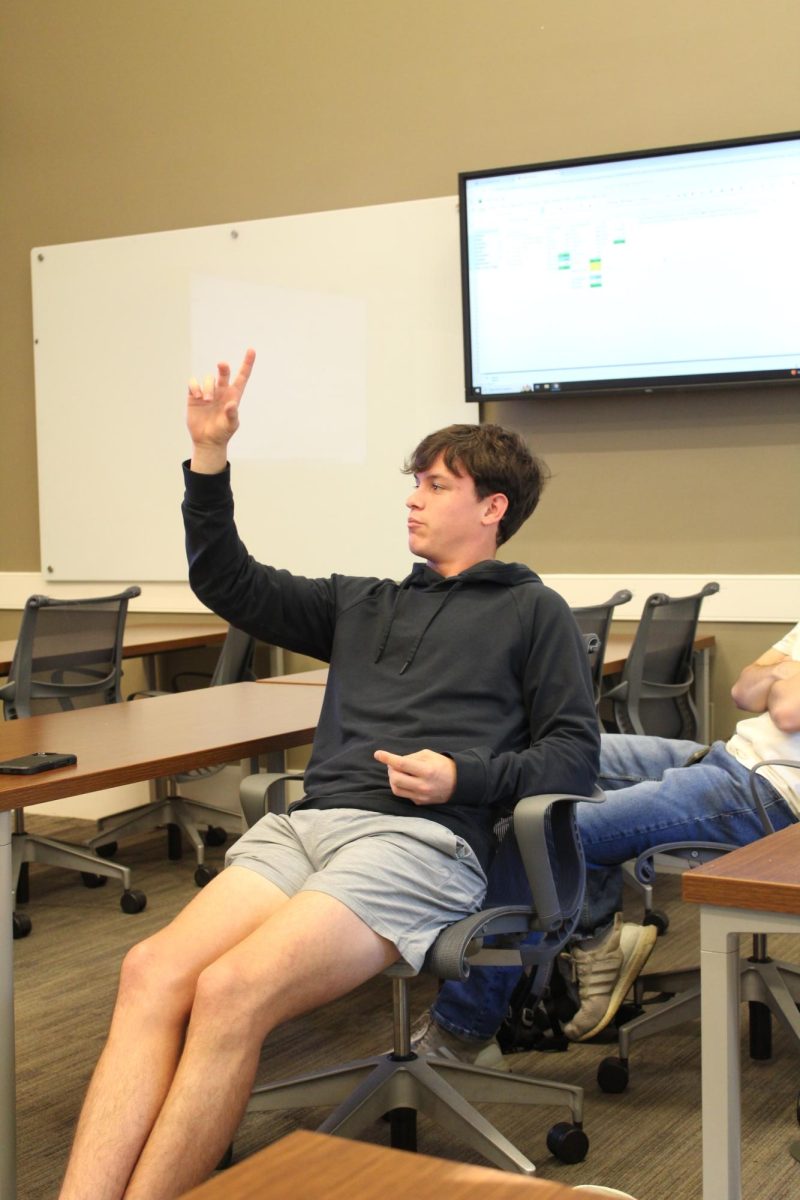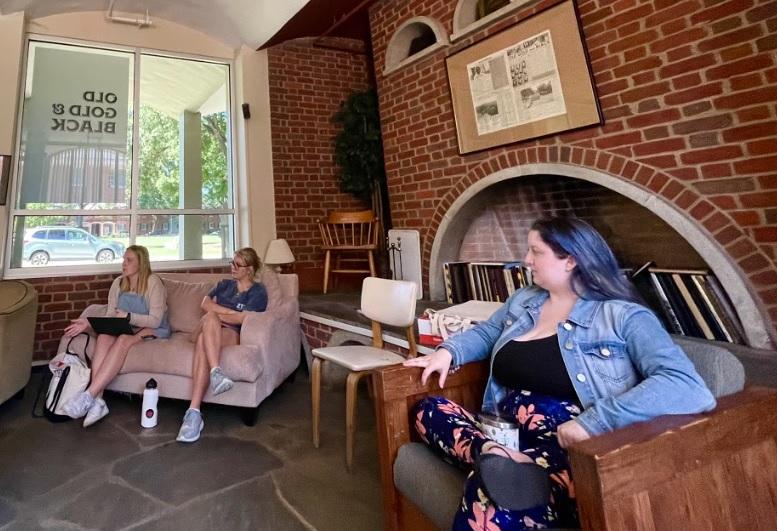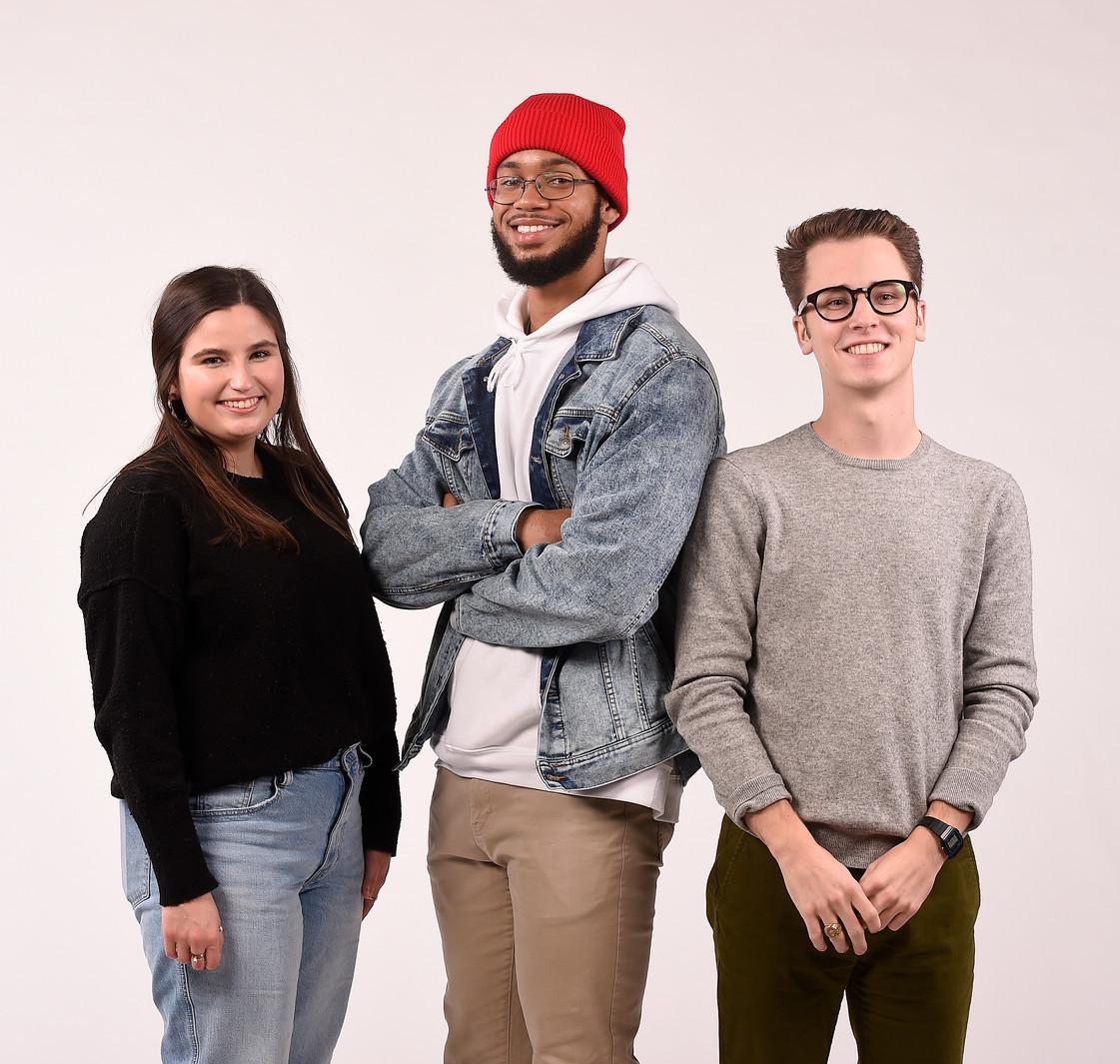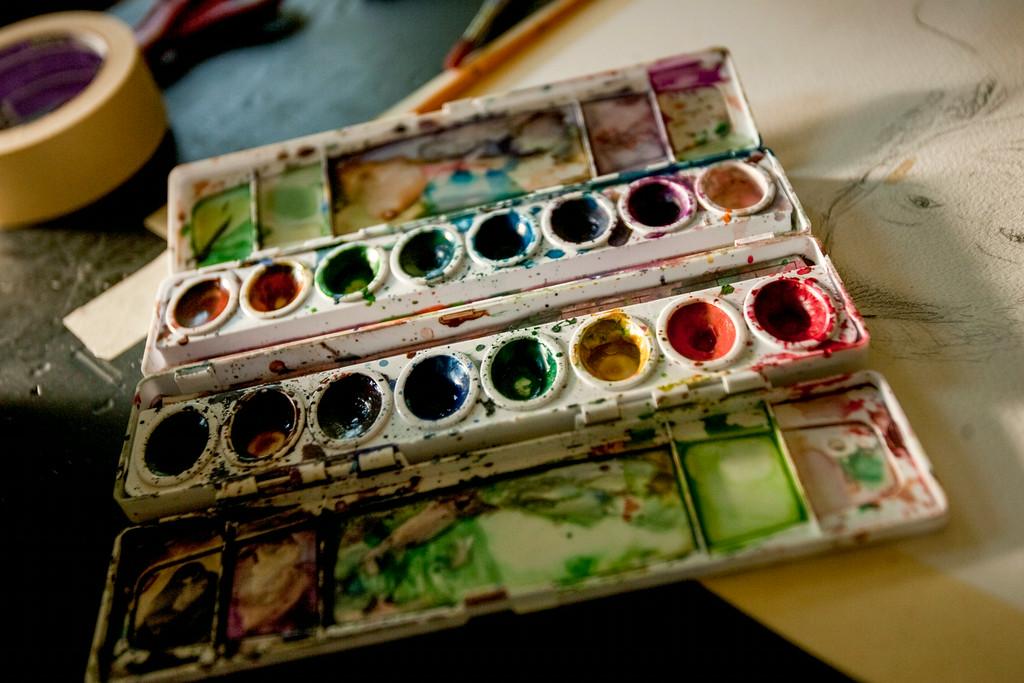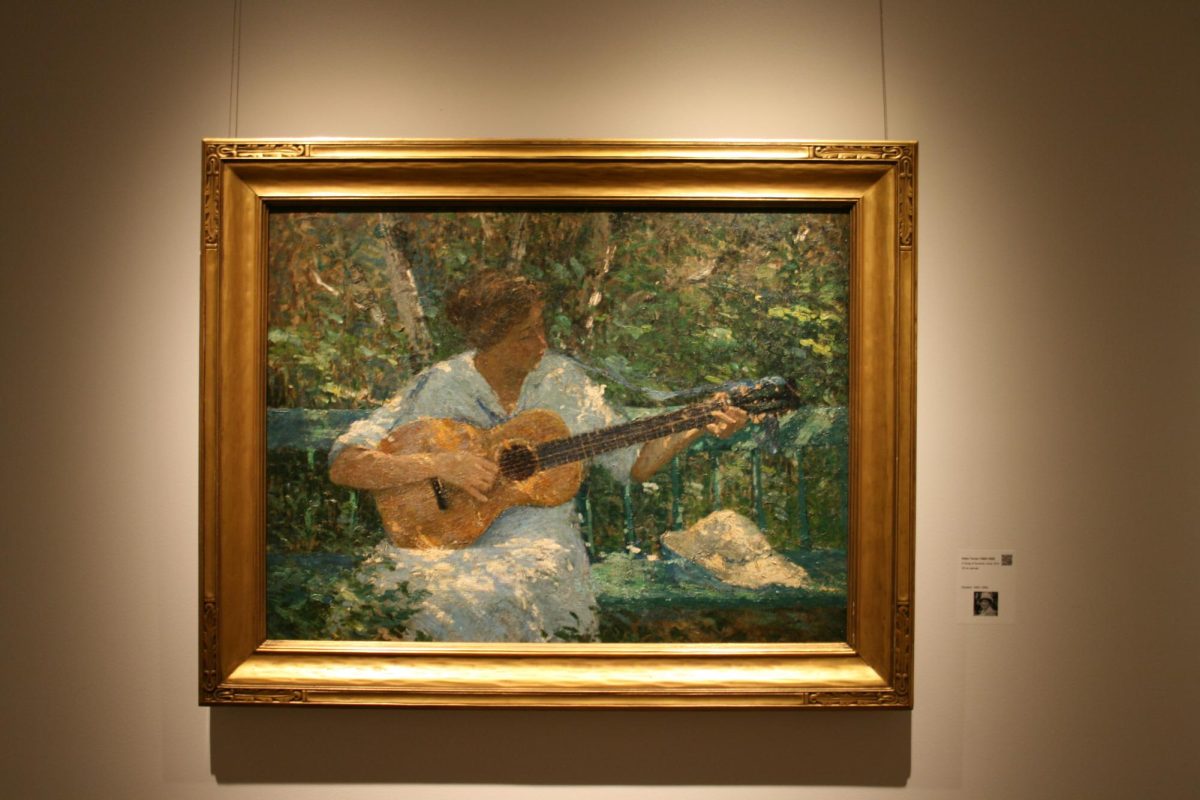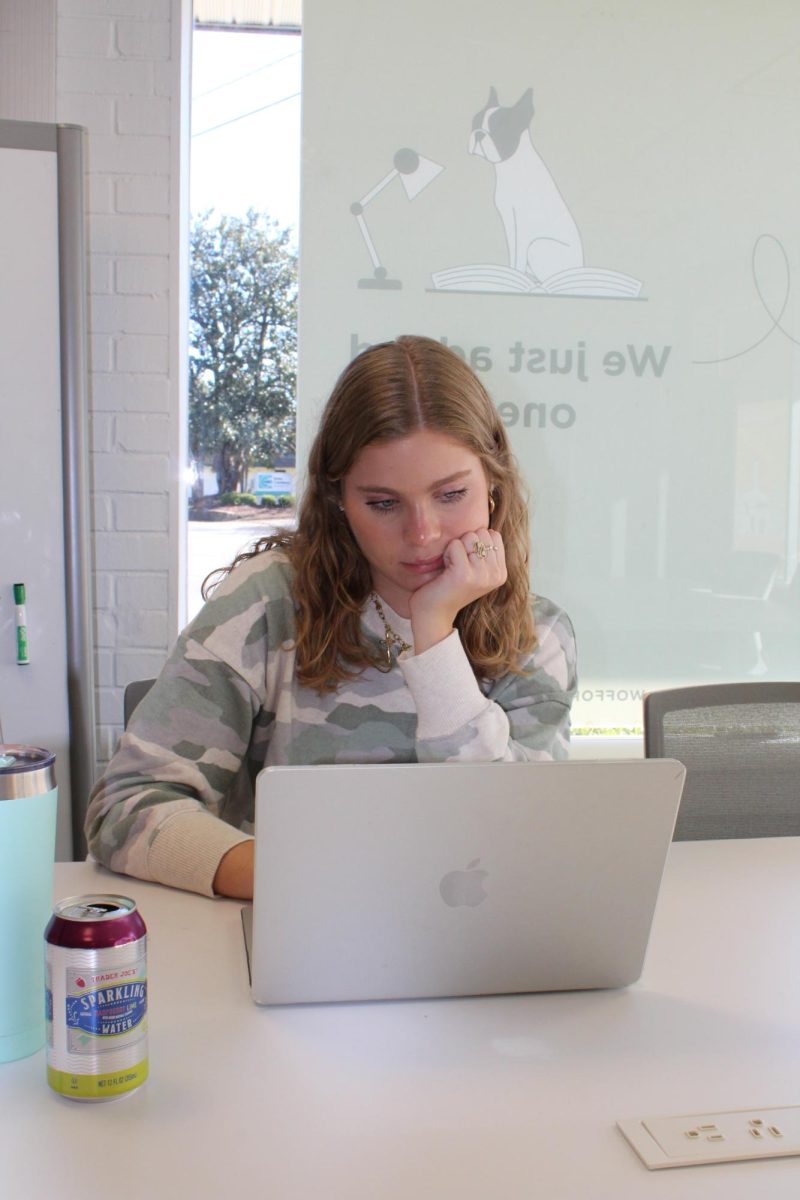A LOOK INTO THE RAPID GROWTH OF THE COLLEGE’S ART COMMUNITY AND ITS IMPLICATIONS FOR FUTURE STUDENTS—
The crowd gave two standing ovations. Jerry Richardson was moved to tears. Tuesday, Oct. 21, students and faculty filled Leonard auditorium to hear an announcement from President Samhat and the Board of Trustees. Even athletics held off practice so the teams could be present as President Samhat announced Richardson’s contribution to Wofford, which will certainly be the largest donation in the history of the school. Wofford is getting an arts center.
The Rosalind S. Richardson Center for the Arts, named after Richardson’s wife, is the first project of the school’s strategic plan. It will be 54,500 square feet of limestone, brick and windows to provide natural lighting in its art studios. The studios will provide scene shop, costumes, ceramics, painting, technology and mixed media their own workspace. In addition to these studios, the arts center will also have a 300-seat auditorium, with theatrical lighting, rigging and an audiovisual system, and galleries for Wofford’s permanent as well as student collections.
From the student perspective, the inclusion and expansion of Wofford College’s art community has been slow. However, in comparison with the past, some of the recent changes to the art programs and community, including the announcement of the center for the arts, seem monumental.
Previously, there was only one general Introduction to Studio Art course that was taught in the basement of the DuPre dormitory building.
“It was a pathetic situation for a nationally-ranked liberal arts college,” says Dr. Karen Goodchild, chair of the Art History department. “But over the past five years we have been expanding our studio art program pretty aggressively.”
And over the past five years, Wofford has seen the addition of Professor Kris Neely as its first tenure track professor of studio art, the introduction of the studio arts concentration within the art history major, and, this past year, the studio minor. Additionally, new classroom spaces have been dedicated to studio art, including a new pottery studio that has also facilitated the addition of the Pottery Club to the college’s extracurriculars.
“I came to Wofford as a student and I graduated in 2002. I took every art course that we offered, but there was really only one studio class,” says Neely. “It’s been exciting to see what we’ve been able to do just in the last few years in terms of growing. These things are tremendous growth steps for the college and they’re really exciting. It has been coming from a grassroots effort from students and faculty to push for more. So it’s exciting now that the college as a whole is taking notice and saying, ‘Ok maybe this is a place where we need to focus our time and our resources in making this another distinguished part of what’s going on at the college.’”
Dr. Stacey Hettes, a biology professor, has been an avid supporter of the arts since taking a painting class and a sculpture class at King’s College. She is excited for all of the new studio art courses that are being consistently offered during Interim and the regular school year.
“Studio arts are a vital addition to our curriculum because we are able to think in different ways,” says Hettes. “Through my two art courses, I learned so much about myself. Art didn’t come easy to me, science did. It was hard, but I loved that it was hard. It taught me that there were people who had different intelligences from mine, and that was an incredibly powerful lesson for me to learn in terms of my place in the world. I think Wofford, as an educational institution, has to provide experiences that will challenge its students. Whatever that is for our students, whether its through art or not, I want them all to have that experience of being challenged by something that doesn’t come easy to them.”
Similarly, Goodchild believes in the enriching qualities found throughout taking art courses and thus is excited for the mainstreaming of the arts into the regular Wofford curriculum.
“Art isn’t just something decorative to hang on the walls. It’s useful and it can teach us many things. It is interdisciplinary and can apply to other things a student is learning,” says Goodchild. “Art is a crystallization of human culture and it both reflects and shapes human concerns. Students realize this and have a strong desire to add that to their liberal arts experience. Our department is really committed to this interdisciplinary notion of arts and increasing the artistic opportunities on campus. Even if students don’t major or minor in art, their career at Wofford will be enlivened and deepened by experiences with art. We want Wofford to be a place where all students have multiple opportunities for artistic experiences, whether these come from classes taken, or clubs participated in; concerts, plays, art exhibtions or lectures attended.”
Sarah Baldwin, a senior art history major and studio arts minor, has personally seen how her artistic pursuits and studies have applied to her other classes. Her sophomore year, she painted a piece that brought a religion, a philosophy, and an art history class together into a studio arts assignment. The painting was then presented at a Gender Studies conference that related to the Gender Studies concentration.
“You can use these classes to enhance everything,” says Baldwin. “These classes are for anyone who wants a deeper understanding of what they’re learning. For example, I think it would be really beneficial if a bio student took art where they could build a DNA strand or model. Or a math student could incorporate ratios and proportions to make some design and then back it up academically. It allow students to become more well rounded and they are learning and experiencing more that just what a textbook has to offer.”
The growth of Wofford’s art culture and community has been very positive, but many faculty members had expressed the dire need for new facilities. Prior to the announcement concerning the strategic vision and the new Rosalind S. Richardson center for the arts, Goodchild and Neely both voiced concerns over inadequate gallery spaces and classrooms. Following the strategic vision announcement on Oct. 21, faculty are ecstatic and very hopeful for the changes the new arts building will bring. They believe that art will become much more accessible and prominent in students’ daily lives
“Currently, Wofford has carved out gallery space from preexisting spaces, stairwells and hallways in order to exhibit art. None of our galleries is purpose-built and ideal. Wofford has long needed good exhibition spaces both for our permanent art collection and for student art,” says Goodchild. “The Rosalind S. Richardson center will ensure that student’s lives over the four years they spend here will be shaped by art in many ways. It will provide lovely exhibition spaces for both our permanent art collection and for student art, as well as for the safe storage of art. Having state of the art, secure galleries will allow Wofford to bring more traveling exhibitions to the college, providing more arts programming to the students and broader community.”
However, Wofford has not only lacked effective exhibition spaces.
“Our studio classroom spaces leave something to be desired. In relation to other standard teaching spaces, they are really tucked away and none of the facilities have any of the teaching technology that we’ve come to expect in this century. This is really difficult, especially with such a visual subject as art,” says Neely. “Overall, they are not spaces that we’re particularly excited about showing people. When we have a prospective student, their tour guide is not going to say, ‘Let’s go look at this abandoned church gym.’ This makes it difficult to show people what great things are happening in our studios.”
In response to the new announcement, Neely says, “I was personally very surprised by the announcement, but I was overjoyed. Mr. Richardson has allowed the arts to have a more central presence on campus with this gift. Following the announcement, we have had several more students declare their studio art minors with excitement about the strategic vision. As I have taught in our current spaces, I have always tried to remind myself that the quality of the instruction and the student learning is really the most critical part of a positive classroom experience. In that sense, Mr. Richardson’s gift won’t make me a better professor, but it will lower some of the significant barriers and distractions to effective teaching. It offers us the promise of new tools, new furnishings and new spaces designed to make the studio classroom experience much richer. This is a remarkable time to be at Wofford. I am not sure I can even comprehend what the full impact of this gift will have for our program and our campus. We are extraordinarily grateful and ready to grow into this new dynamic vision for the arts at Wofford.”
In his announcement speech, Samhat defined the agenda of the strategic plan as “to make Wofford a premiere, innovative and distinctive national liberal arts college, defined by excellence, engagement, transformation and commitment to preparing superior students for meaningful lives as citizens, leaders and scholars.” Harold Chandler, chairman for the board of trustees, agreed that the addition of an arts center to Wofford’s campus will help prepare superior students. In his closing speech of the ceremony, he described the announcement as one of Wofford’s greatest moments. He also said “not only is this a great leadership moment, it is a learning moment for all of us. The events of this day clearly evoke the emotion of thankfulness, of being blessed through the extraordinary service of good people: Rosalind and Jerry Richardson. It raises the question of ‘what will we do?’ for the rest of us.”
— Kelsey Aylor and Katie Sanders

